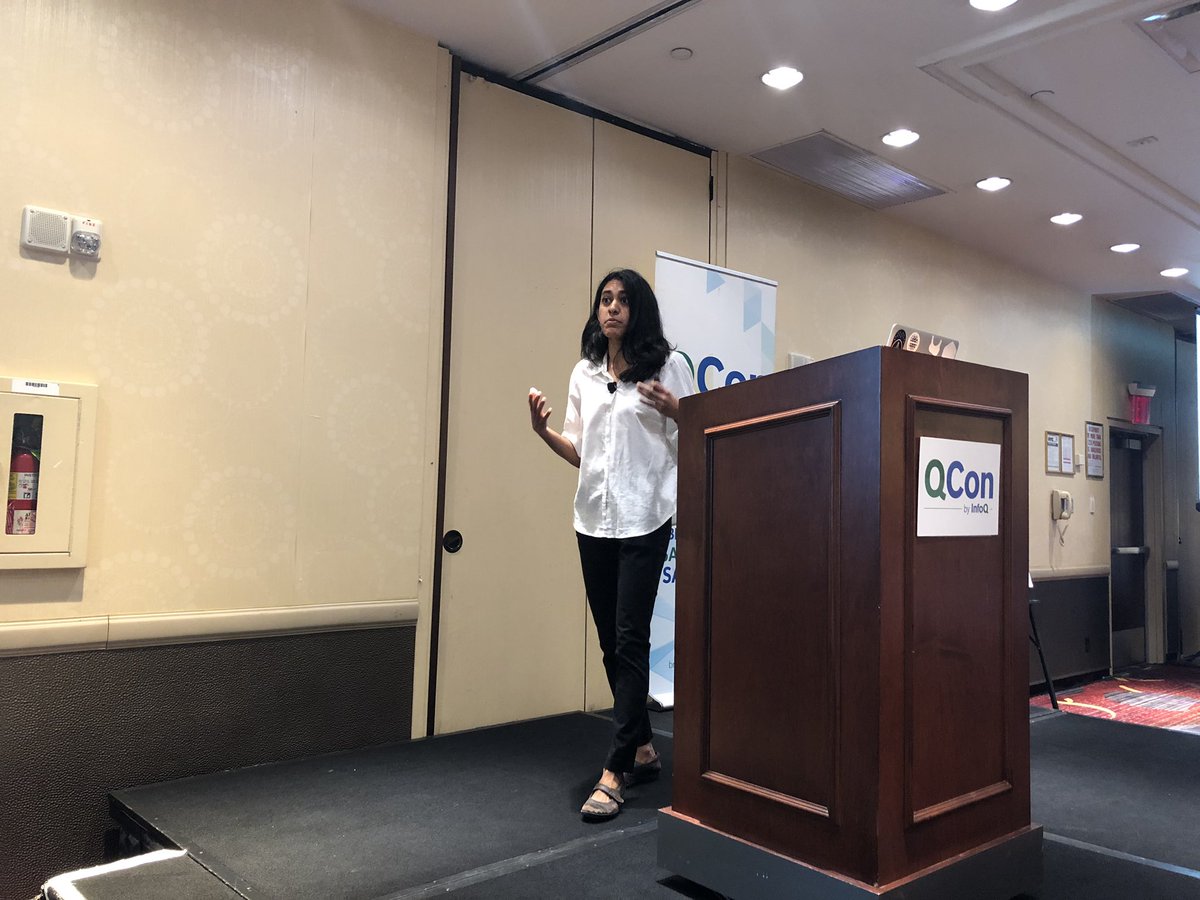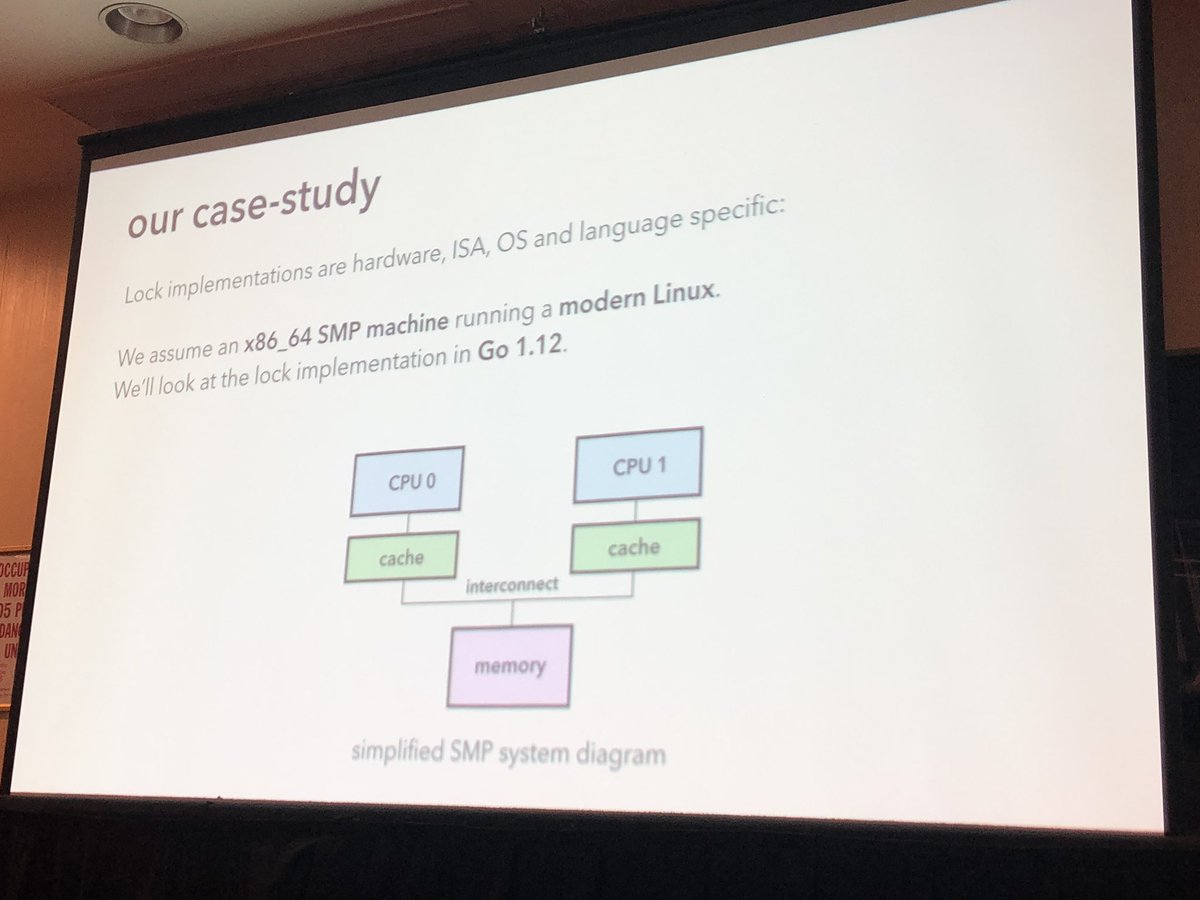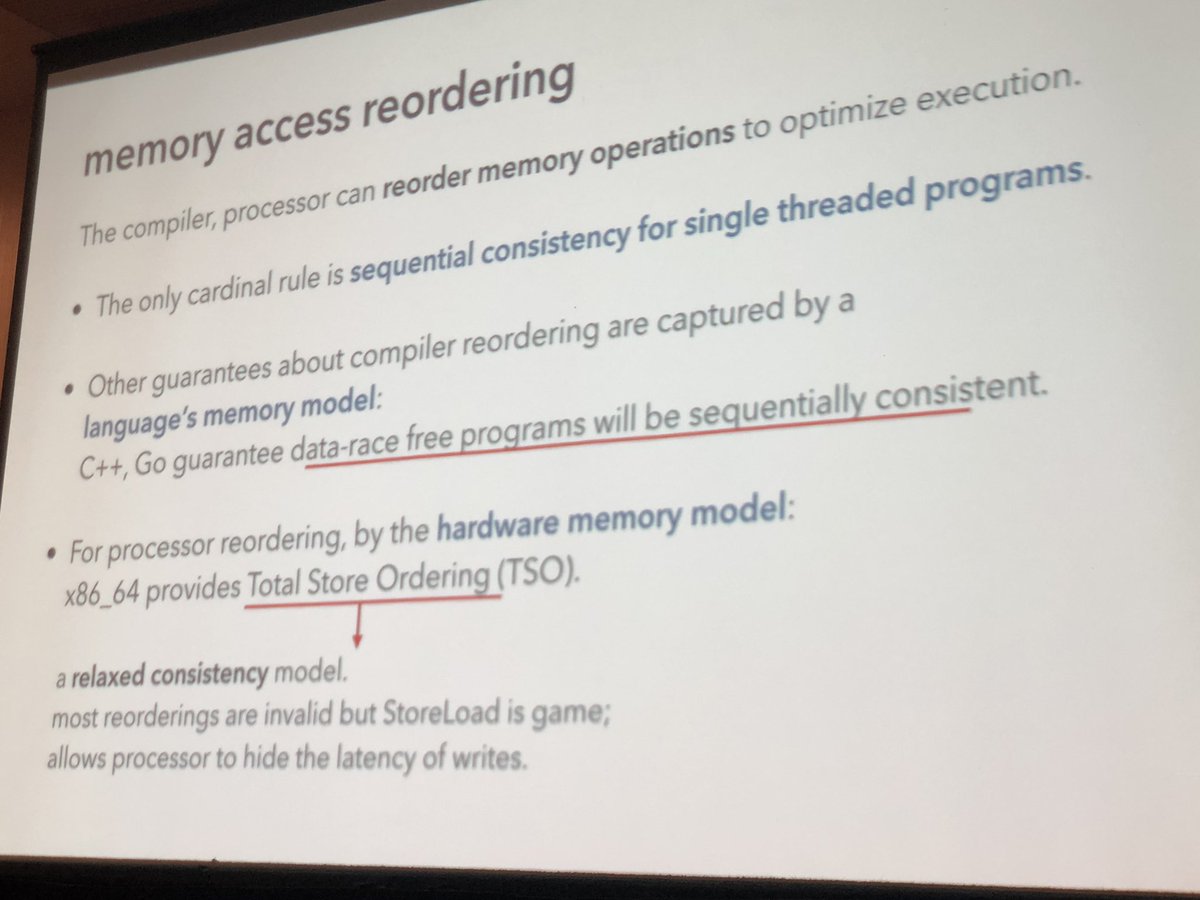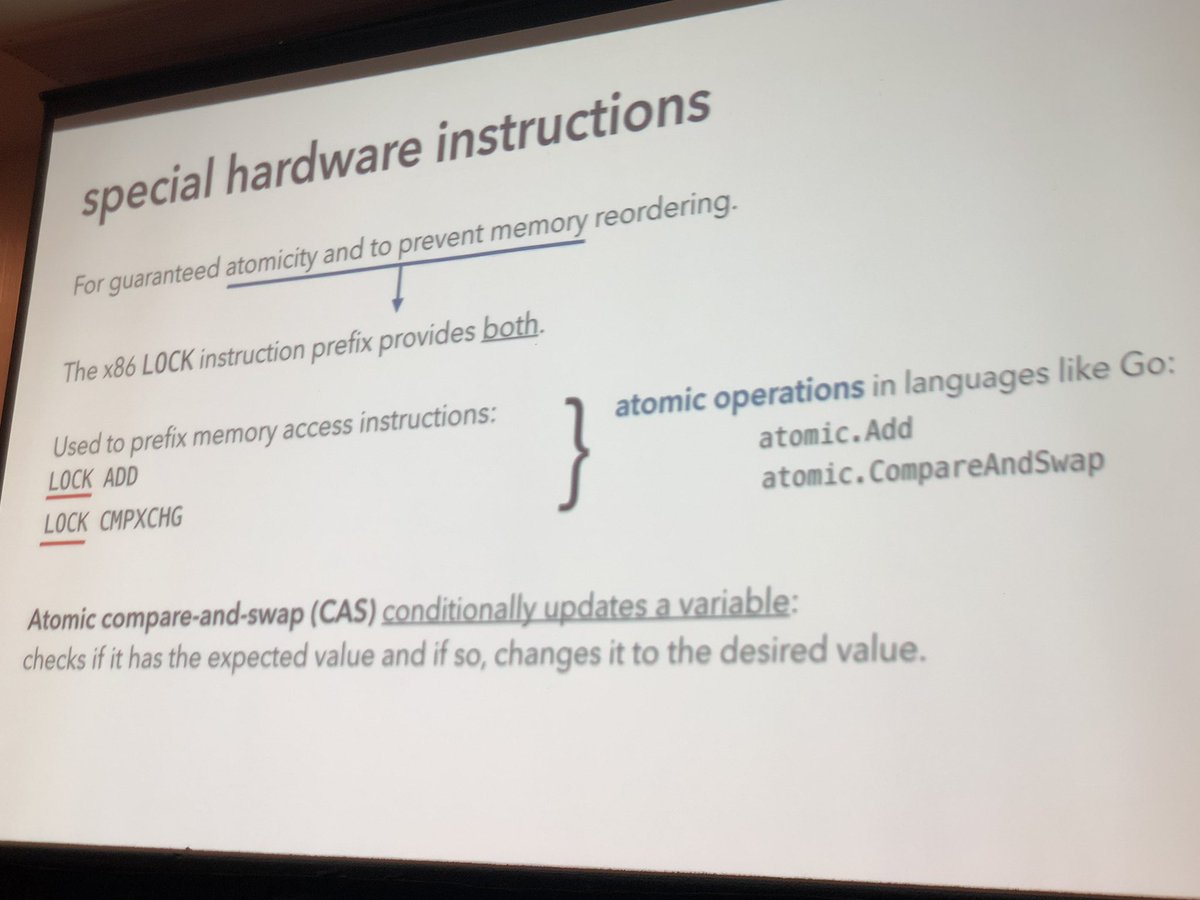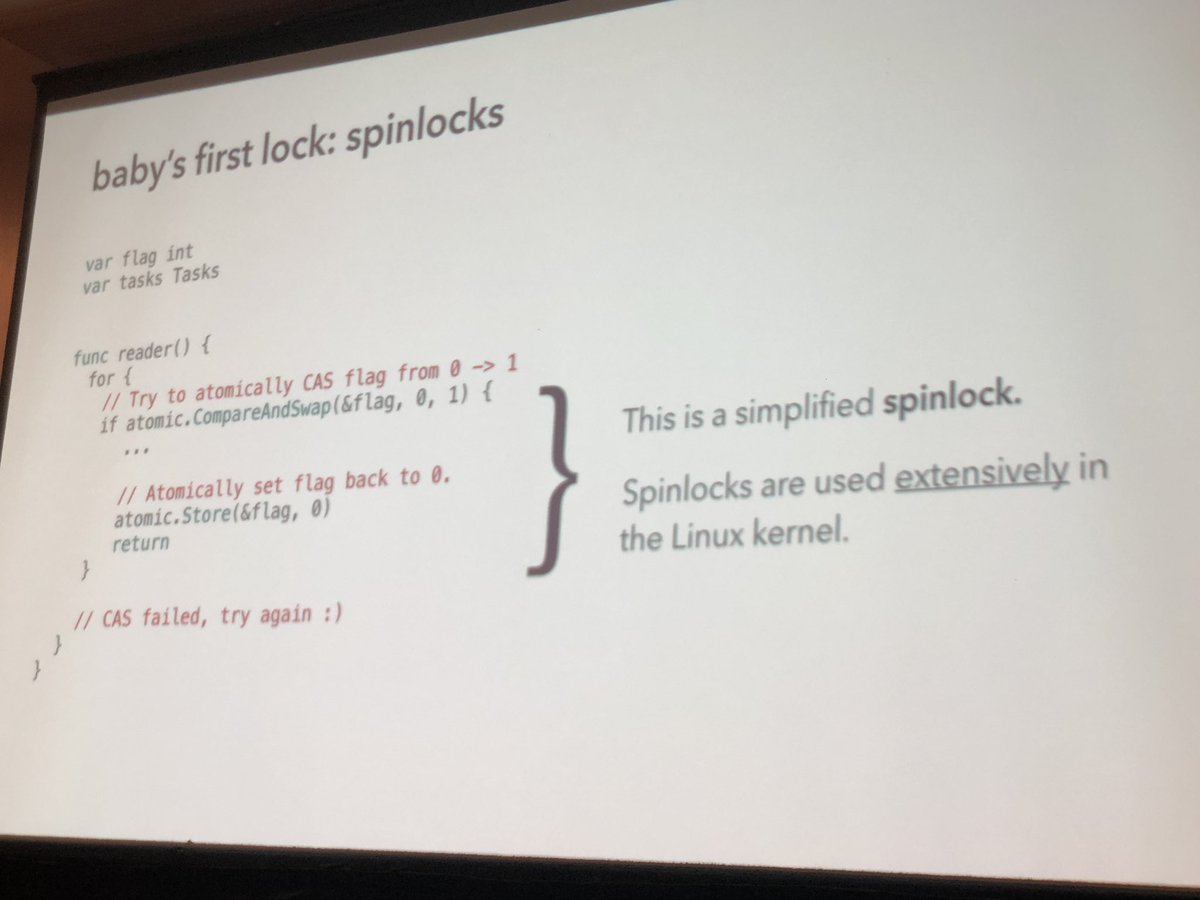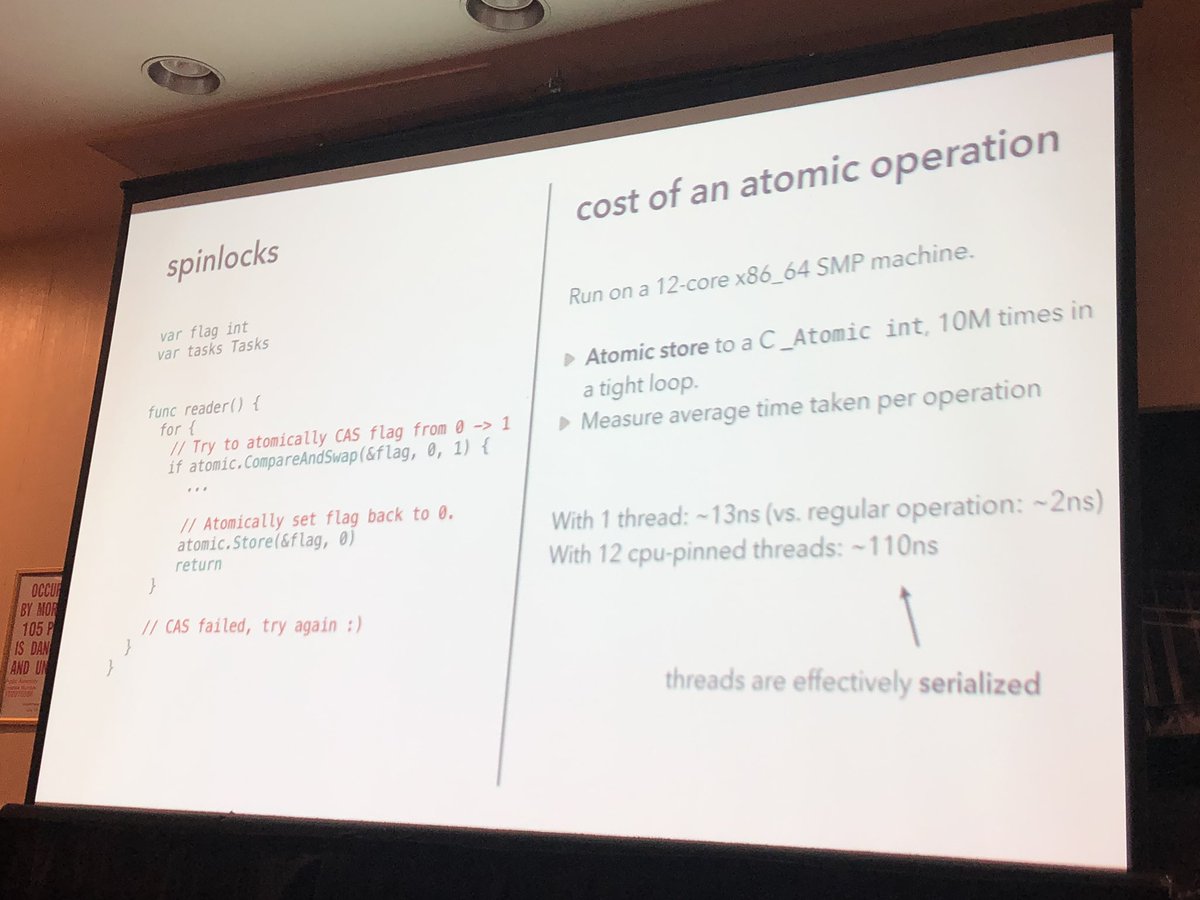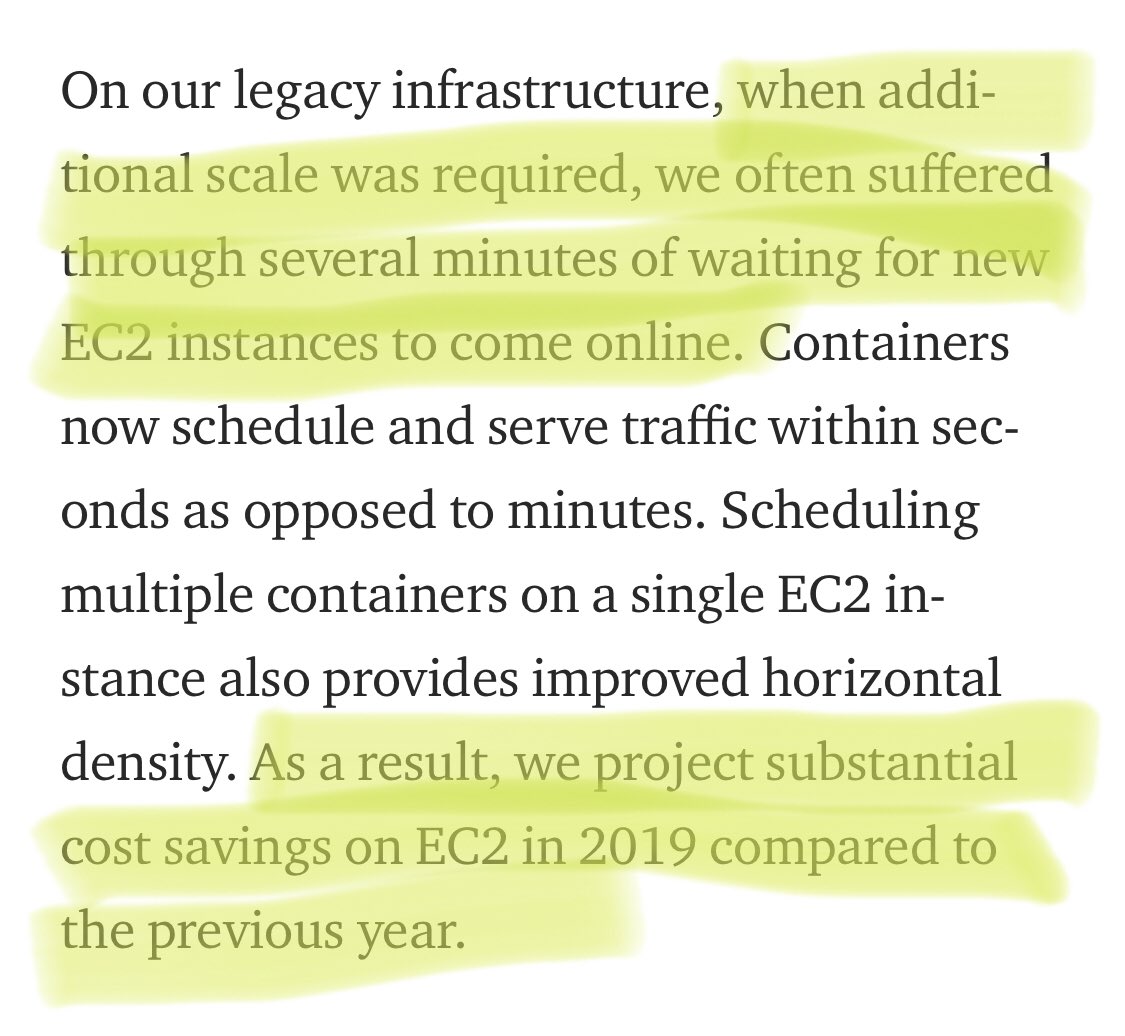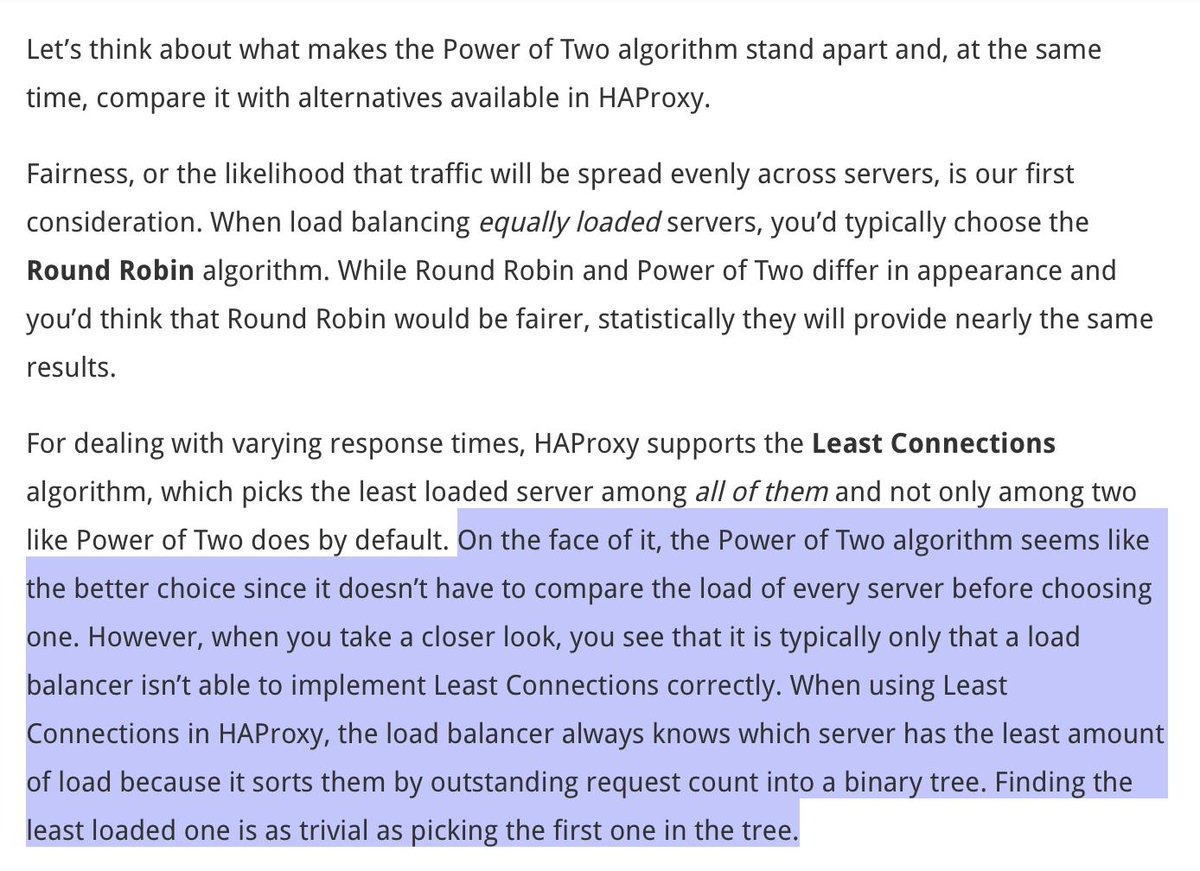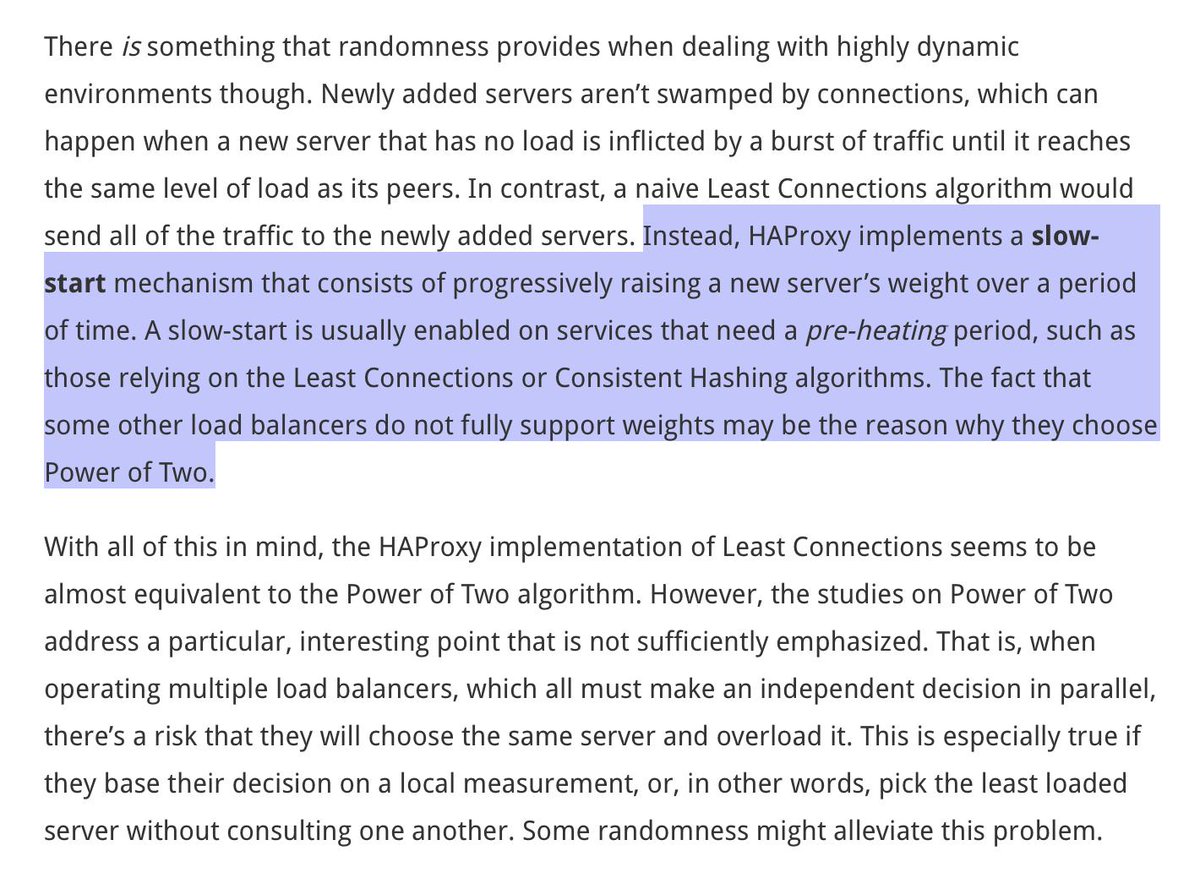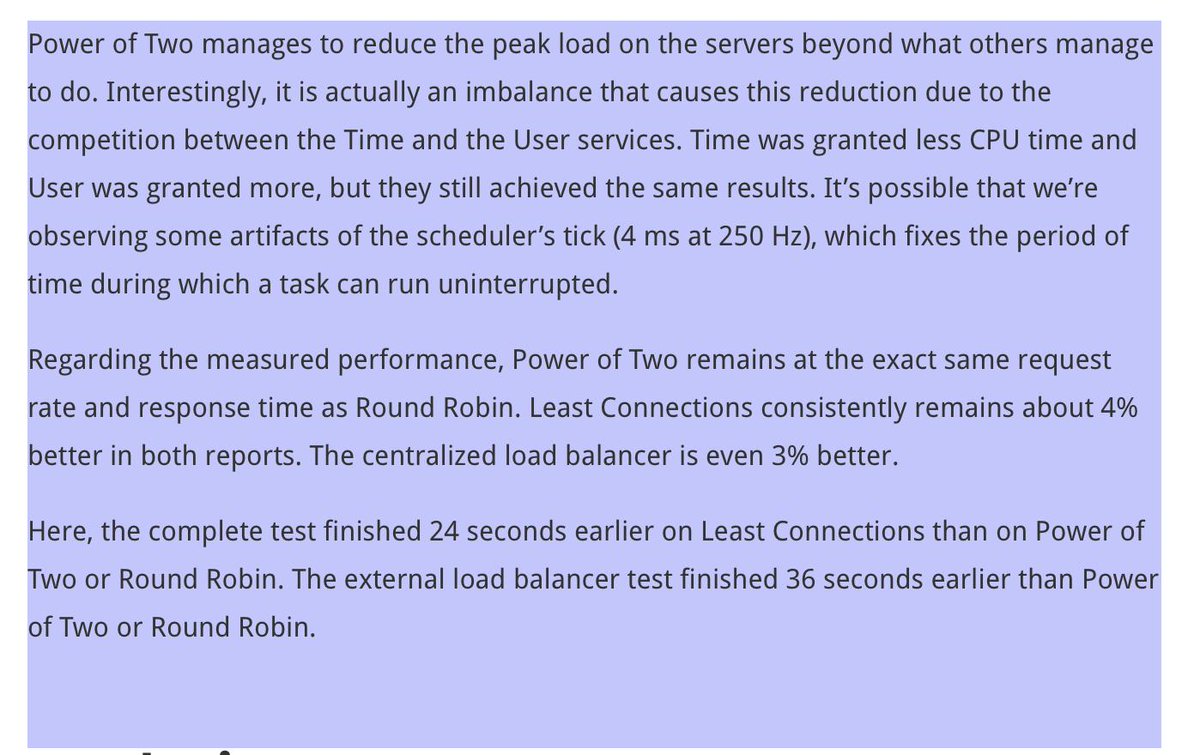This is going to be so good! I’ll try to live tweet.
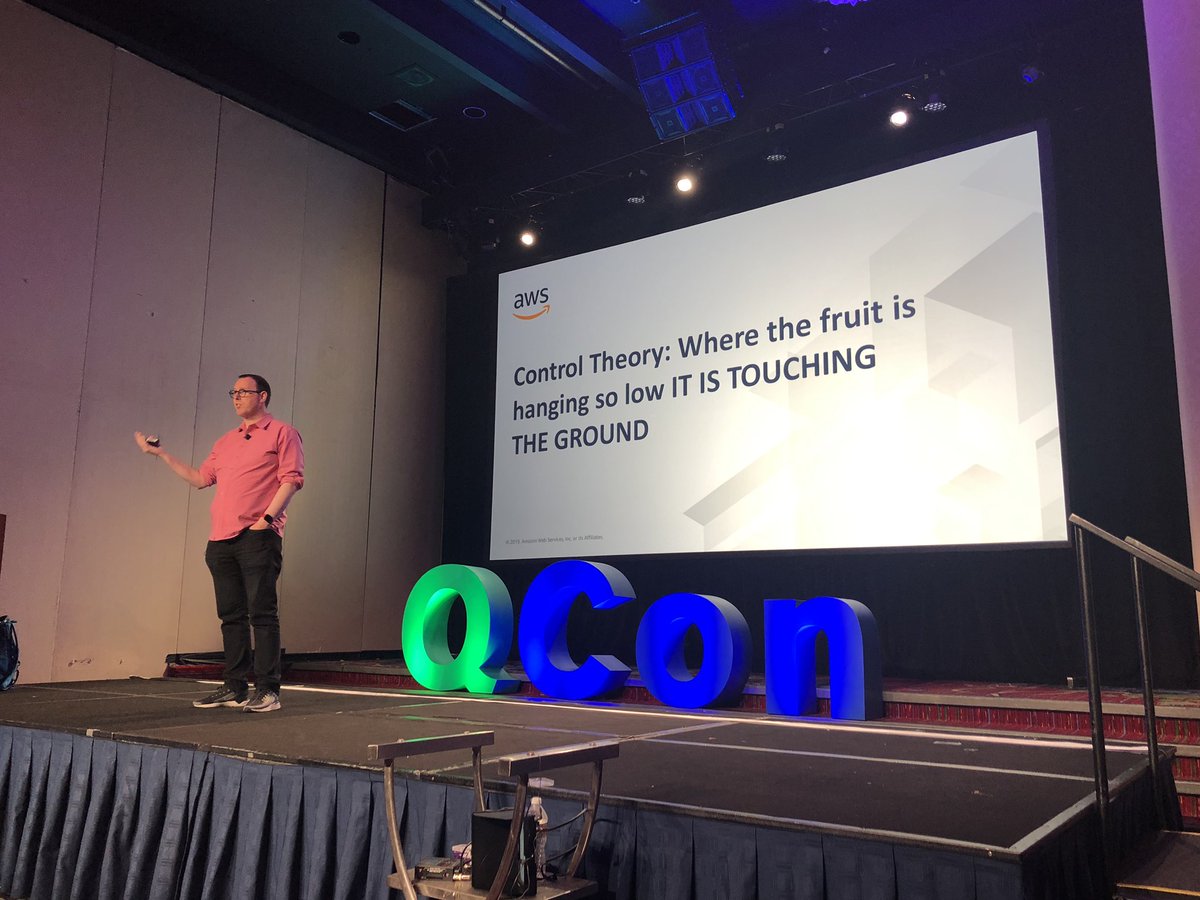

An integral component can help offset [ed - I missed what came next]
A thermostat is a “PI” controlled system. But even a “PI” controlled system isn’t entirely stable.
Measures that can help “close” open loops. @colmmacc at #QConNYC
H/t @caseyrosenthal @nora_js

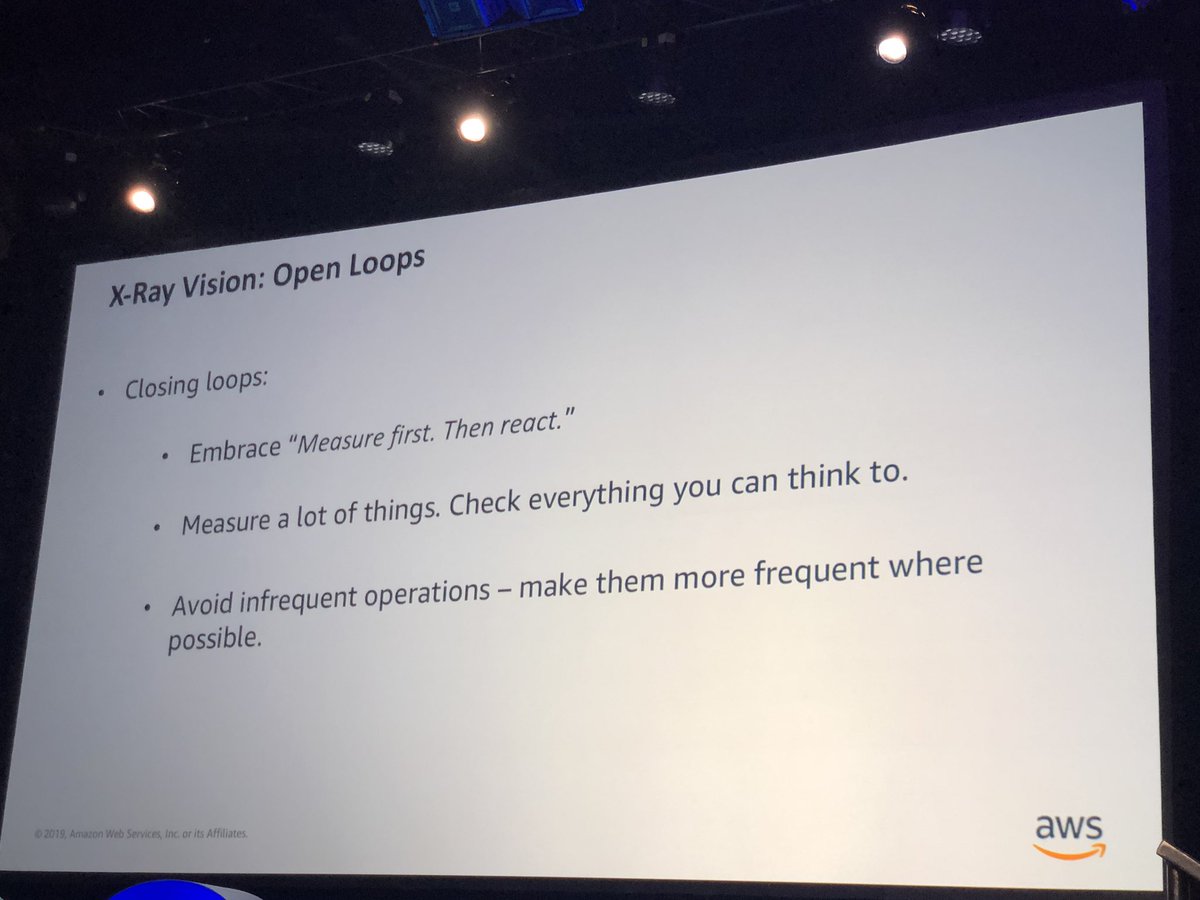
Fin.
[ed - that was the most inspiring talk I’ve seen. The room was packed, the audience completely arrested, and @colmmacc now gets to put on his resume that he performed at Broadway!





























